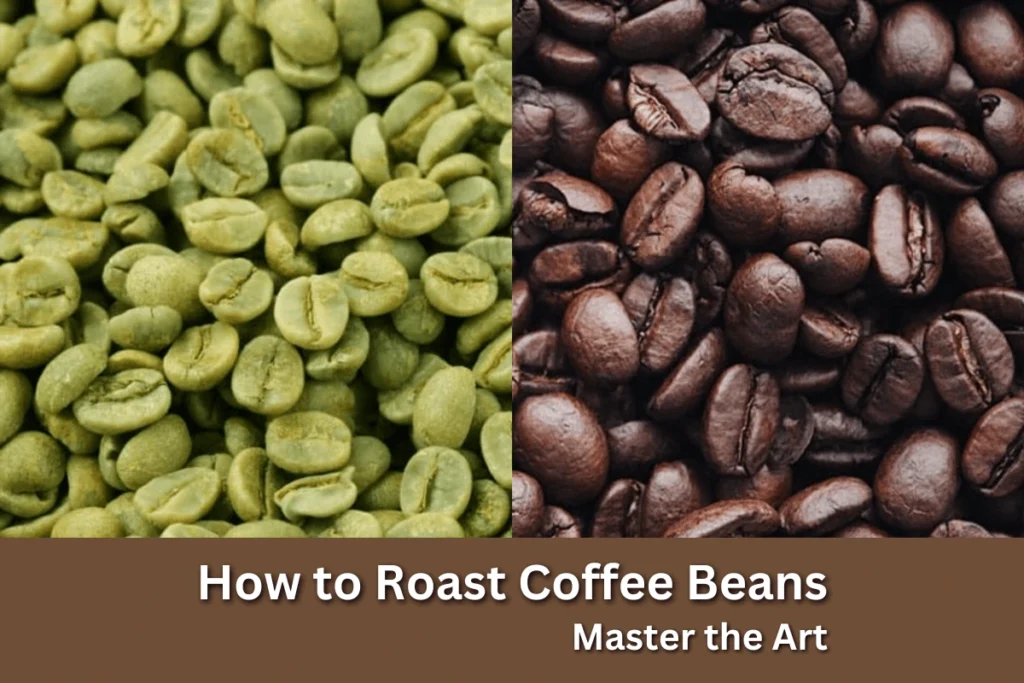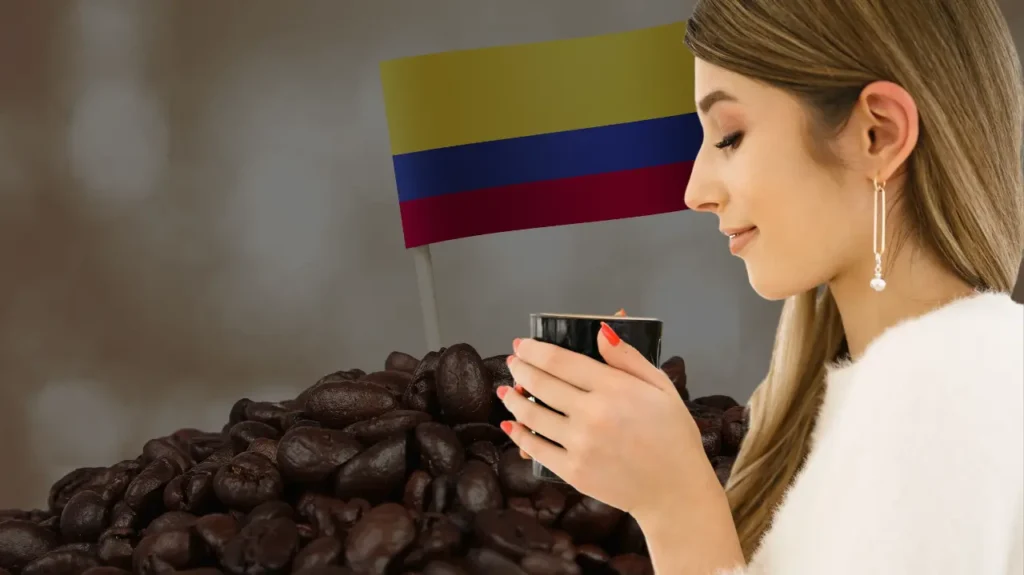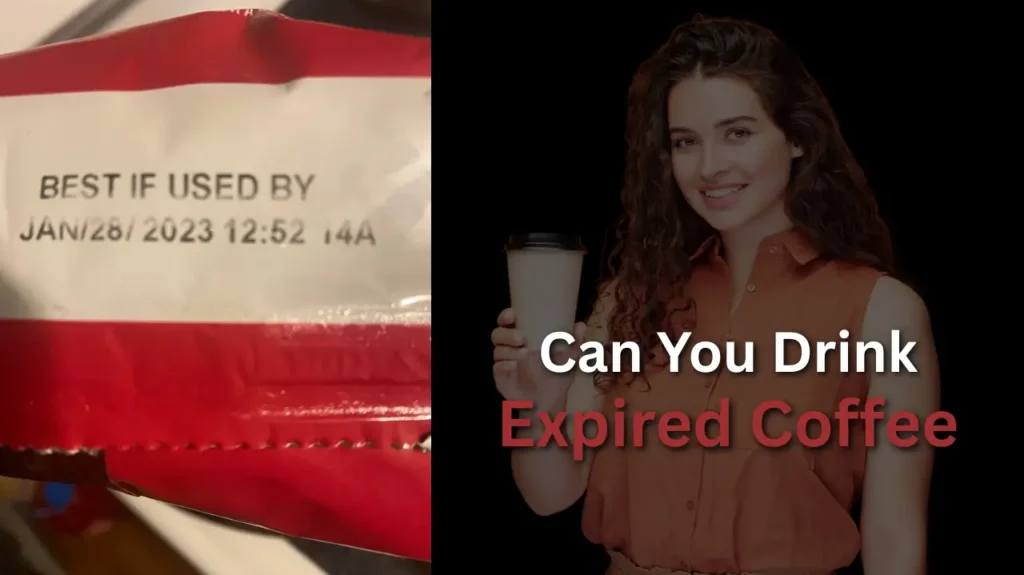Every morning, you face a choice: grab a quick cup or savor something special. But what if that choice could save you money and taste better?
You’ve heard whispers: is it cheaper to grind your own coffee? It might be the answer. But does it really cost less, or is it hype?
We’re breaking down the real costs, beans versus grounds, grinders versus convenience so that you can brew smarter, not harder.
Spoiler: It’s not just about price tags. Freshness, flavor, and that satisfying crunch of beans under a grinder play a role too.
By the end, you’ll know exactly whether that grinder is worth its weight in coffee beans.
Whole Beans vs. Pre-Ground Coffee
At first glance, whole beans and pre-ground coffee seem priced the same. A 12-ounce bag of Starbucks?
Around $8, whether you’re buying beans or grounds. But here’s the twist: the real savings hide in how you buy and brew.
Pre-ground coffee is sold in smaller bags, 12 ounces for $10 to $15, making roughly 24 cups. That’s $0.42 to $0.63 per cup.
Whole beans, though? Grab a 2.2-pound (1kg) bag for $20–$30, and you’ll get 100+ cups. Suddenly, each cup costs just $0.20 to $0.30.
For someone drinking two cups daily, that’s $15 a month vs. $30 for pre-ground.
But brands aren’t always fair. Some charge more for whole beans, labeling them “artisan” or “small-batch.” Others price beans lower because grinding costs them extra labor.
Always check the same brand, like comparing Dunkin’ Donuts’ whole bean vs. ground versions, to spot sneaky markups.
Specialty coffee muddies the waters. Organic whole beans might cost less than pre-ground because skipping the grind saves producers time.
But fancy roasters? They’ll charge a premium for beans, betting you’ll pay extra for “freshness.” The fix?
Hunt for bulk deals at stores like Costco or local roasters; bigger bags mean bigger savings.
So, is it cheaper to grind your own coffee? For daily drinkers, absolutely. Bulk beans cut costs in half.
The Equipment Factor
Let’s talk grinders. Yes, you need one. But before you groan about “another kitchen gadget,” hear this: a grinder is your ticket to cheaper, better coffee.
Blade grinders start at $10, more affordable than a takeout latte. Burr grinders? They’re the gold standard, with prices ranging from $50 to $1,000.
But here’s the secret: even a $20 grinder pays off quickly if you skip daily café runs.
Pre-ground coffee costs $0.42 per cup. Whole beans? Same price per bag, but add a grinder, and your first month’s cost looks similar.
But swap one $5 café drink a day for home brewing, and that $100 grinder pays for itself in three weeks.
A $200 model? Paid off in two months. Suddenly, that “expensive” grinder feels like a steal.
Light drinkers, don’t tune out. If you brew two cups a week, a $50 grinder takes a year to offset. But here’s the kicker: freshness has no price tag.
Stale pre-ground coffee tastes flat; why settle? A grinder ensures every cup is vibrant, even if you sip slowly.
And don’t fear the upfront cost. Burr grinders last decades with care. Blade grinders? They’re like $10 flip phones, basic but functional.
Plus, resale value exists. Upgrade later, sell your old grinder, and recoup cash.
Pro tip: Skip the $1,000 models unless you’re a pro. A $100–$200 burr grinder hits the sweet spot, consistent grind, quiet operation, and fast enough for rushed mornings.
Pair it with bulk beans, and you’re brewing café-quality cups for pennies.
Long-Term Savings
Let’s break it down like a barista. Suppose you drink two cups of coffee daily; that’s 730 cups a year. Here’s how the costs stack up:
- Pre-ground coffee: A 12-ounce bag costs $10 and makes 24 cups. At two cups daily, you’ll go through 1.25 bags a month ($12.50/month) or $150 a year.
- Whole beans (small bags): Same price ($10 for 12 ounces), same math, $150 yearly. No savings here.
- Whole beans (bulk): A 2.5-pound bag ($25) makes 100 cups. For 730 cups a year, you’ll need 7.3 bags, totaling $182.50 annually. That’s a savings of $117.50 compared to small bags.
Now, let’s talk coffee shops. Two $3 lattes daily? That’s $6 a day, $180 a month, or $2,160 a year.
Switch to home brewing with bulk beans ($182.50/year), and you’ll save $1,977.50 annually. That’s enough for a luxury vacation or a high-end espresso machine.
But wait, there’s more:
- Light drinkers: If you brew 3 cups a week, bulk beans still save $50+ yearly.
- Inflation shield: Coffee prices rise yearly. Bulk beans lock in today’s prices for months.
- Zero waste: Pre-ground bags pile up in trash. Bulk beans? One bag = less packaging.
Even if you occasionally hit cafés, cutting 50% of visits saves $1,080+ yearly. Grinding your own beans isn’t just cheaper; it’s a financial game-changer.
For $0.25 a cup, you’re not just saving money; you’re funding future coffee adventures.
Quality and Freshness
Coffee isn’t just caffeine. It’s flavor. Whole beans are like vaults, locking in oils and aromas until you crack them open. Pre-ground? It’s already half-dead by the time you brew.
Oxygen attacks the second you open the bag, turning bright notes into dull, flat sips.
Freshly ground coffee bursts with life, oils sparkle, aromas bloom, and every sip tastes like the roaster intended.
Here’s the kicker: Grind size is your secret weapon. Pre-ground coffee uses a one-size-fits-all grind, usually medium-coarse.
But your French press needs chunks, your espresso needs powder, and your pour-over craves something in between. Wrong grind?
Bitter sludge or watery disappointment. Grind your own, and you dial in perfection. It’s like tailoring a suit versus buying off the rack; precision matters.
Even if saving money isn’t your goal, freshness is. Stale pre-ground coffee loses 60% of its flavor within 15 minutes of grinding. Whole beans?
They stay vibrant for weeks. Try this: Brew two cups, one with beans ground a week ago and one with beans ground fresh. The difference will hit you like a sour punch.
And for coffee nerds, it’s a ritual. The crunch of beans, the smell of freshly ground coffee, it’s therapy in a mug.
You’re not just making coffee; you’re crafting an experience. Sure, grinding adds two minutes to your routine. But when does that first sip taste like a sunrise? Worth it.
Practical Tips for Maximizing Savings
Grinding your own coffee isn’t just about buying beans and a grinder; it’s a strategy. Here’s how to squeeze every drop of value from your beans:
Buy bulk, but buy smart. Warehouse stores like Costco or Sam’s Club sell 2-5 pound bags of whole beans at rock-bottom prices.
Online retailers like Trade Coffee or Amazon Fresh often slash prices for subscriptions. But check roast dates; older beans won’t save you cash if they taste like cardboard.
Local roasters are goldmines. Many sell “past-crop” beans (still fresh, just not the latest batch) at discounts. No grinder yet?
Ask them to grind your purchase for free, and they’ll do it happily. You get pre-ground coffee without the markup.
Some even offer loyalty programs: buy five bags, get the sixth free.
Your grinder is your MVP. A $50–$150 burr grinder pays off fast. Consistent grinds mean you extract every bit of flavor, wasting zero beans.
Blade grinders?
They’re cheap, but uneven grinds lead to weak or bitter cups, costing you more in wasted coffee over time.
Grind as you go, not all at once. Freshness nosedives after grinding. Use a $10 kitchen scale to measure exactly what you need for each brew.
Store the rest in an airtight container (glass jars with rubber seals work best), and keep it in a dark cupboard, not the fridge. Moisture kills flavor.
Brew like a scientist. A French press uses coarser grinds, so you need more beans per cup. An espresso machine?
Finer grinds mean less coffee per shot. Experiment to find the sweet spot; dialing in your method can cut bean use by 20% without sacrificing taste.
Repurpose, don’t toss. Used coffee grounds make free garden fertilizer or DIY body scrubs. Even stale beans? Bake them into cookies for a caffeine kick.
Skip the middleman. Roast your own green beans (cheaper than pre-roasted) with a $20 popcorn popper. It’s a weekend project, but what about the savings? Up to 50% per pound.
Addressing Common Concerns
“Grinding takes too long!” Here’s the truth: it’s 30 seconds. Modern electric grinders work at the push of a button.
Manual grinders? They’re quieter and take two minutes, less time than scrolling Instagram. For reference, boiling water takes longer.
The “effort” is a myth; think of it as part of the ritual, like warming milk for a latte.
Storage panic? Whole beans stay fresh for weeks if you do one thing: keep them airtight.
A $15 UV-blocking container (like Airscape or Coffee Gator) preserves flavor better than the bag they came in.
Bulk buyers split beans into smaller jars, use one weekly, and stash the rest in a cool, dark pantry. Avoid the fridge; it’s a moisture trap.
The learning curve? It’s real, but tiny. Yes, dialing in the grind size for your French press or espresso machine takes a few tries. But here’s the hack: start the course.
Too weak? Go finer next time. Too bitter? Go coarser. Most grinders include a cheat sheet, and YouTube tutorials fix 90% of mistakes in minutes.
Noise concerns? Manual grinders (like Hario Skerton) are library-quiet. Or grind the night before; freshness loss is minimal if stored right.
Worried about bulk beans going stale?
Freeze them. Portion into weekly batches in sealed bags and thaw as needed. Science says freezing locks in freshness; avoid moisture.
And effort? Think of grinding as therapy. The smell, the sound, the rhythm, it’s a mindful start to the day. Pre-ground coffee robs you of that moment.
Compared with Other Coffee Options
Let’s grind your own beans against the competition. Coffee pods? They’re the fast food of coffee, convenient but costly. A $20 box of 32 pods brew 32 cups at $0.63 each.
That’s triple the cost of home-ground beans (around $0.25 per cup).
Even “affordable” pods, like store brands, hover around $0.47 per cup.
Over a year, pod coffee costs $230 more than grinding your own.
And let’s not forget the environmental toll: 75% of plastic pods end up in landfills, taking 500 years to decompose.
Aluminum pods? Recyclable, but only if you clean and sort them, a hassle most skip.
Instant coffee? It’s dirt-cheap, $0.10 per cup, but it tastes like regret. The freeze-drying process strips away oils and aromas, leaving a flat, bitter brew. It’s caffeine without joy.
Sure, it works for camping or emergencies, but daily drinkers call it “sad coffee.”
Grinding your own beans? It’s the Goldilocks zone. At $0.20–$0.30 per cup, it’s cheaper than pods, richer than instant, and greener than both.
Bulk beans often come in recyclable bags, or bring your own container to zero-waste shops. Used grounds? Compost them for garden fertilizer.
What about single-serve machines like Nespresso? They mimic café drinks but cost $1.10 per capsule, five times pricier than home-ground beans.
Cold brew concentrates? Cheaper than pods but still $2 per bottle compared to just $0.30 per cup when you DIY with your grinder.
Pods bleed your wallet and the planet. Instant sacrifices soul for savings. Grinding your own? It’s the trifecta: cheaper, tastier, kinder to Earth.
Even if you occasionally grab a pod for speed, making grinding your default habit slashes costs and guilt.
Is It Cheaper to Grind Your Own Coffee? Let’s Break It Down
You’ve read the arguments, crunched the numbers, and weighed the pros and cons. Now, let’s answer the burning question: Is it cheaper to grind your own coffee?
The Short Answer: Yes. For most coffee drinkers, especially daily sippers, grinding your own beans saves significant cash.
Bulk whole beans slash costs $0.20–$0.30 per cup, while pre-ground or pods cost double or triple.
Even occasional drinkers save $50+ yearly. But the real win? Quality and freshness that pre-ground or instant can’t match.
The Long-Term Win: Ditching daily café trips saves up to $1,800 yearly. Invest in a $100 grinder, and it pays for itself in weeks.
Light drinkers? You’ll break even slower, but every cup tastes like a mini luxury.
The Planet Wins Too: Grinding your own skips single-use pods (how long do coffee pods last?) and reduces packaging waste.
Used grounds? Compost them.
The Taste Test: Stale pre-ground coffee loses flavor fast. Freshly ground beans? They’re alive, oily, aromatic, vibrant.
There’s no going back once you taste the difference between light roast and dark roast coffee.
Are you wondering how long it takes to grind coffee beans? The perfect grind time depends on your brewing method and desired strength, but it typically ranges from 10-30 seconds for most electric grinders.
And if you’re curious about how much coffee you need for larger gatherings, check out our guides on how much coffee for 20 cups or 30 cups.
Whether making French roast coffee or trying to understand the difference between decaf and regular coffee, grinding your beans gives you ultimate control over your coffee experience.




